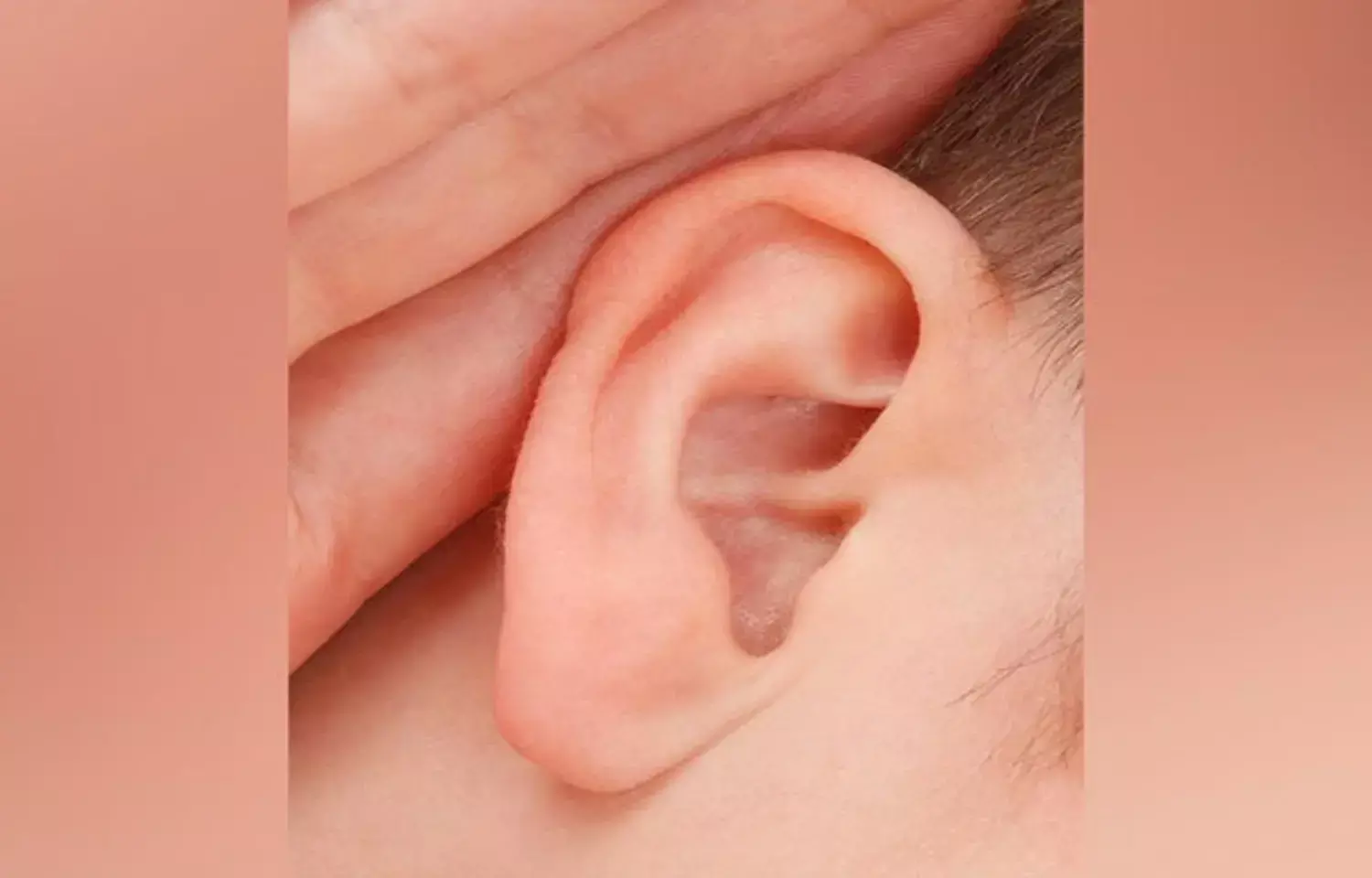- Home
- Medical news & Guidelines
- Anesthesiology
- Cardiology and CTVS
- Critical Care
- Dentistry
- Dermatology
- Diabetes and Endocrinology
- ENT
- Gastroenterology
- Medicine
- Nephrology
- Neurology
- Obstretics-Gynaecology
- Oncology
- Ophthalmology
- Orthopaedics
- Pediatrics-Neonatology
- Psychiatry
- Pulmonology
- Radiology
- Surgery
- Urology
- Laboratory Medicine
- Diet
- Nursing
- Paramedical
- Physiotherapy
- Health news
- Fact Check
- Bone Health Fact Check
- Brain Health Fact Check
- Cancer Related Fact Check
- Child Care Fact Check
- Dental and oral health fact check
- Diabetes and metabolic health fact check
- Diet and Nutrition Fact Check
- Eye and ENT Care Fact Check
- Fitness fact check
- Gut health fact check
- Heart health fact check
- Kidney health fact check
- Medical education fact check
- Men's health fact check
- Respiratory fact check
- Skin and hair care fact check
- Vaccine and Immunization fact check
- Women's health fact check
- AYUSH
- State News
- Andaman and Nicobar Islands
- Andhra Pradesh
- Arunachal Pradesh
- Assam
- Bihar
- Chandigarh
- Chattisgarh
- Dadra and Nagar Haveli
- Daman and Diu
- Delhi
- Goa
- Gujarat
- Haryana
- Himachal Pradesh
- Jammu & Kashmir
- Jharkhand
- Karnataka
- Kerala
- Ladakh
- Lakshadweep
- Madhya Pradesh
- Maharashtra
- Manipur
- Meghalaya
- Mizoram
- Nagaland
- Odisha
- Puducherry
- Punjab
- Rajasthan
- Sikkim
- Tamil Nadu
- Telangana
- Tripura
- Uttar Pradesh
- Uttrakhand
- West Bengal
- Medical Education
- Industry
Deaf women and pregnancy and perinatal health: Creating systems for communication access

Compared with the general population, deaf and hard of hearing (DHH) women are at increased risk for adverse pregnancy conditions (e.g. eclampsia) and perinatal outcomes (e.g. preterm labour), as found in a retrospective cohort study. As a component of that study, Panko et al. conducted 45 interviews with deaf women who communicate in American Sign Language (ASL); they discovered themes centring around communication and advocacy, including consistent access to qualified interpreters, patient support from healthcare teams, communication quality between patients and clinicians, and self-advocacy strategies. The authors present important arguments addressing imbalanced reliance on social networks, inadequate interpreter presence and training, and incorporation of deaf awareness during healthcare professional education. As deaf physicians (representing maternal and fetal medicine and internal medicine) with personal and professional perspectives on healthcare and perinatal experiences, authors believe that communication access and equity must be woven throughout the fabric of healthcare systems and education institutions.
Typical strategies to engage interpreters depend on individual providers to identify communication needs and activate interpreters, risking marked cognitive overload and subsequent process inconsistencies. To achieve communication equity, healthcare systems must develop and implement processes for identifying and documenting every patient's communication preferences, making such information quickly available to every provider at each patient encounter. For example, labour and delivery units represent the uncertainty of perinatal timing and potential emergencies. They should have contingency plans for prompt access to interpretation and for ensuring that the patient's communication preferences are handed off among nurses and clinicians throughout the patient's stay, including to those caring for the newborns.
While generalist interpreter education programmes are available, specialised ASL/English healthcare interpreting training is sparse. Healthcare institutions should partner with interpreter education programmes to deliver patient centred training to better support DHH patients’ values, while concurrently educating medical, nursing and other professional students across the workforce about interpreters as healthcare team members. Beyond the experiential exposure to deaf culture and communication that the authors describe (e.g. the Deaf Strong Hospital), it is critical that healthcare education programmes integrate DHH people into their recruiting, matriculation and retention strategies as part of diversity and inclusion efforts (Meeks and Moreland, AMA J Ethics, 2021).
As the authors note, the study population underrepresents women of colour. Future studies should incorporate more diverse DHH patient populations to better understand how effective self-advocacy strategies can be nurtured and taught across various communities. Proactive community-based education strategies can include bilingual education and support in ASL and English, such as community discussion forums and ASL-focused classes and online videos reviewing the spectrum of health from prenatal care to potential postpartum complications. Multi-modal strategies, driven by institutional support, can propel equity in and empower DHH women's access to effective communication, health care and advocacy, and thereby improve health literacy, enhance provider–patient relationships and improve perinatal outcomes.
MBBS, MD Obstetrics and Gynecology
Dr Nirali Kapoor has completed her MBBS from GMC Jamnagar and MD Obstetrics and Gynecology from AIIMS Rishikesh. She underwent training in trauma/emergency medicine non academic residency in AIIMS Delhi for an year after her MBBS. Post her MD, she has joined in a Multispeciality hospital in Amritsar. She is actively involved in cases concerning fetal medicine, infertility and minimal invasive procedures as well as research activities involved around the fields of interest.
Dr Kamal Kant Kohli-MBBS, DTCD- a chest specialist with more than 30 years of practice and a flair for writing clinical articles, Dr Kamal Kant Kohli joined Medical Dialogues as a Chief Editor of Medical News. Besides writing articles, as an editor, he proofreads and verifies all the medical content published on Medical Dialogues including those coming from journals, studies,medical conferences,guidelines etc. Email: drkohli@medicaldialogues.in. Contact no. 011-43720751


